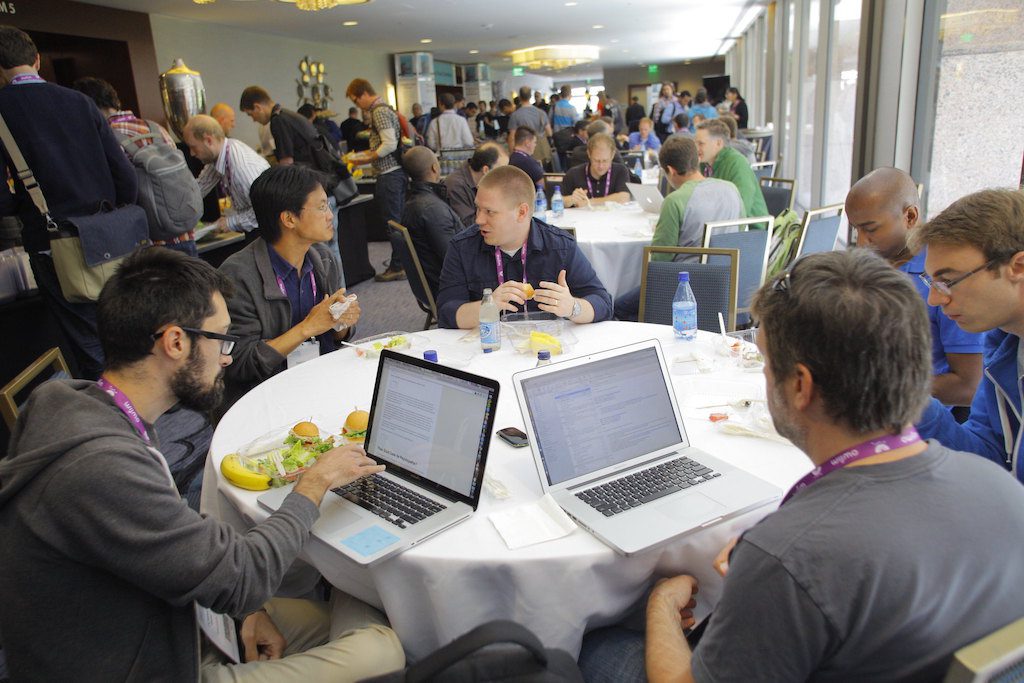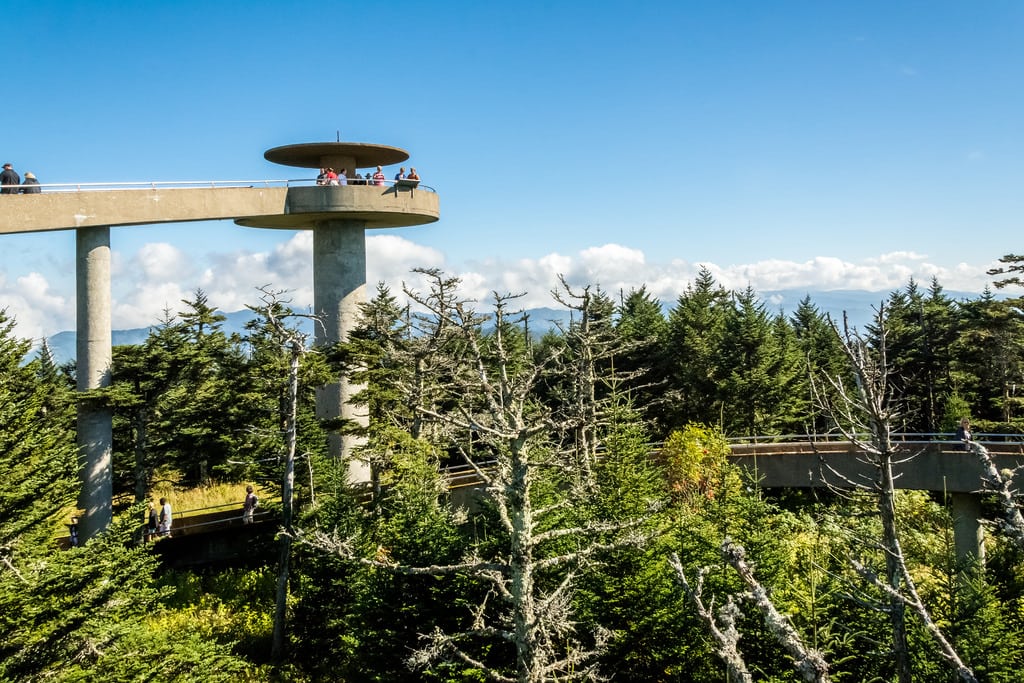Why Is Wi-Fi at Events Still So Bad?

Skift Take
Sluggish internet speeds, a network that suddenly cuts out, and odd corners of the room that somehow have adequate service as long as you hold your phone at a specific angle. These are the problems that nearly every conference attendee, trying in vain to use the provided Wi-Fi, has faced at least once, especially at a large event.
In fact, providing good Wi-Fi is one of the top challenges meeting planners face, with over half reporting ongoing issues with it, according to a recent report by EventMB, Skift's event intelligence platform. Much of this is simply due to the way Wi-Fi works, and no matter what changes are made, service at events will likely never be perfect.
That said, many planners don’t make internet access a priority, as odd as that sounds in the era of the smartphone, and many more have little awareness of what to look for when it comes to organizing good Wi-Fi.
“It’s really an afterthought for many people,” said Tara Thomas, co-founder of The Meeting Pool, an organization that helps coordinate tech for events. “They don’t understand how frustrated participants get. More frustrated than if the food is bad. If the food’s bad, they can just get something else.”
“I think Wi-Fi is just a really complex, sort of esoteric topic for lots of people to understand,” said Ian Framson, sales director and co-founder of Trade Show Internet, an event Wi-Fi provider.
According to Framson, the biggest mistake many planners make is assuming that Wi-Fi is just Wi-Fi, and that a network designed for a handful of people can accommodate thousands, especially if those thousands are going to be using the internet heavily. Rather, it is like any other amenity, and planners need to take into consideration the number of guests and their particular needs.
“Let’s break it down to ordering, let's say, hamburgers,” he said. “How many people need to eat? Maybe we should have a safe margin: If we're expecting 100 people, maybe we should order 110 hamburgers. How hungry are these people? Maybe we need more.”
The larger an event is — say something like IMEX America, with thousands of people — the more difficult it is to provide good Wi-Fi. While convention centers often have their own network already in place, it is usually not enough to ensure that such a huge number of people can reliably use the internet.
In order to vet a venues network and figure out if it has enough Wi-Fi for their guests, planners need to ask informed questions about it.
“It’s asking those questions beyond just, ‘Do you have Wi-Fi?’ and then just checking the box and moving on,” Framer said. “Ask the 10 follow-up questions that need to be asked. Is it suitable? Is it fast enough? Is it built for the capacity? Are there wired connections? Is there someone on-site to support it?”
If the conference is going to require more Wi-Fi than the venue has in place, then planners will need to hire a third-party internet service, which will mean further negotiating the event contract with the venue.
This is another hiccup in the Wi-Fi journey: Venues often include Wi-Fi as part of a bundle with other amenities, and many planners believe they do not have the choice to opt out, according to The Meeting Pool’s Thomas.
Wi-Fi's Fundamental Problem
Even if planners ask the right questions, or choose a good third party service, they are still likely to run into problems with Wi-Fi at large events.
Tim Pozar, vice president of the San Francisco Metropolitan Internet Exchange, has over a decade of experience organizing Wi-Fi for tech events. He believes that, despite advances in technology over the years, things haven’t gotten much better when it comes to conference Wi-Fi. The same problems he encountered years ago — spotty service and slow speeds — he still struggles with when working an event.
This is due to the way Wi-Fi was established, back in the 1990s, paving the road for a host of problems later on, he said. Wi-Fi was based on a networking technology called ethernet, which is prone to collisions when there are lots of different devices, such as laptops, smartphones, or tablets, using it to transmit data. This is because all of the different devices are sending out data at will, with no coordination, and often cannot see one another, meaning they clash quite frequently. This causes the network to slow or fail.
The best way to mitigate this problem is to set up internet access points in a strategic way, according to Pozar. Access points are what allow other devices to connect to the internet, but they too can crowd the network and cause collisions, especially if they are very far apart.
“Say you have a large conference space that can handle a couple thousand people or even a couple hundred. You say, I’m going to put one access point in one corner, and I’m going to put another access point in the opposite corner, and hopefully that will cover my audience,” Pozar explained. “What’s going to happen is, these two access points may not necessarily see each other, and certainly the laptops aren’t going to see each other. So everyone will start stepping on each other, and network performance will go down.”
In large convention centers, access points are often put up in the ceiling, which are often 30 or even 60 feet high.
“That works really well when nobody’s in the conference center. But when you get together, because they’re all so far away and far apart, they’re going to start interfering with each other,” he said.
Instead, the best way to reduce collisions, and keep the network running smoothly, is to put many different access points all over the conference center, only a few feet off the ground. Personally, Pozar likes to tape them underneath the tables at company booths. This keeps the transmissions local, reducing the number of devices connecting to that access point, and making it more likely that they can see each other, since they are closer together.
Managing Expectations
The problem is, this solution is time-consuming and expensive, which brings up the other major reason why event Wi-Fi is often so bad: cost. Pozar’s preferred method, while perhaps the most likely to ensure good Wi-Fi, means paying for high-quality access points, along with the staff and equipment needed to set them up and monitor them.
While a smaller conference with a couple hundred people may need to budget $2,000 for good Wi-Fi, a large conference with thousands of people may need to pay upward of $100,000, according to Pozar. Not every event has that kind of budget, and not every event actually needs seamless internet service. Some planners, particularly if their attendees have limited internet needs, may opt for mediocre service — or even none at all.
In fact, part of the problem with event Wi-Fi is that attendees simply have expectations that are way too high, according to Framson.
“People think of Wi-Fi as if it were air or water or some other essential, but it is not a given that every single event has to provide this amazing Wi-Fi experience,” he said. “Some events just aren't good candidates for it.”
In this case, planners need to be upfront about what Wi-Fi they are providing, if any.
“You should not promise free Wi-Fi and not deliver it, or have it be so crappy that it can't support the 1,000 people that are expected to attend the meeting,” he said. “If you're not providing it, then just be clear about that. Just say, ‘There will be no Wi-Fi available. Attendees can use their own 4G carriers at their own risk, and that's it.’”




